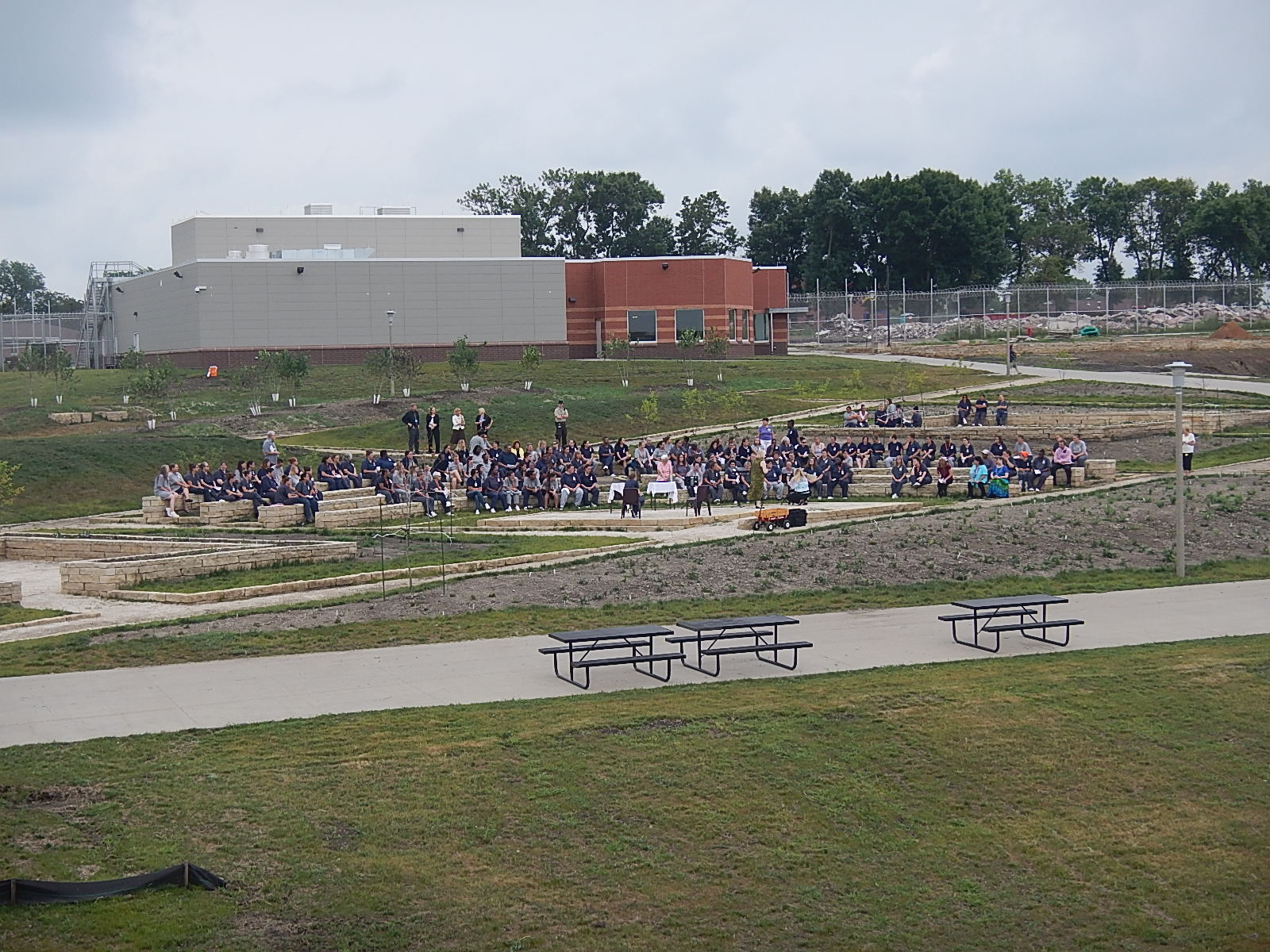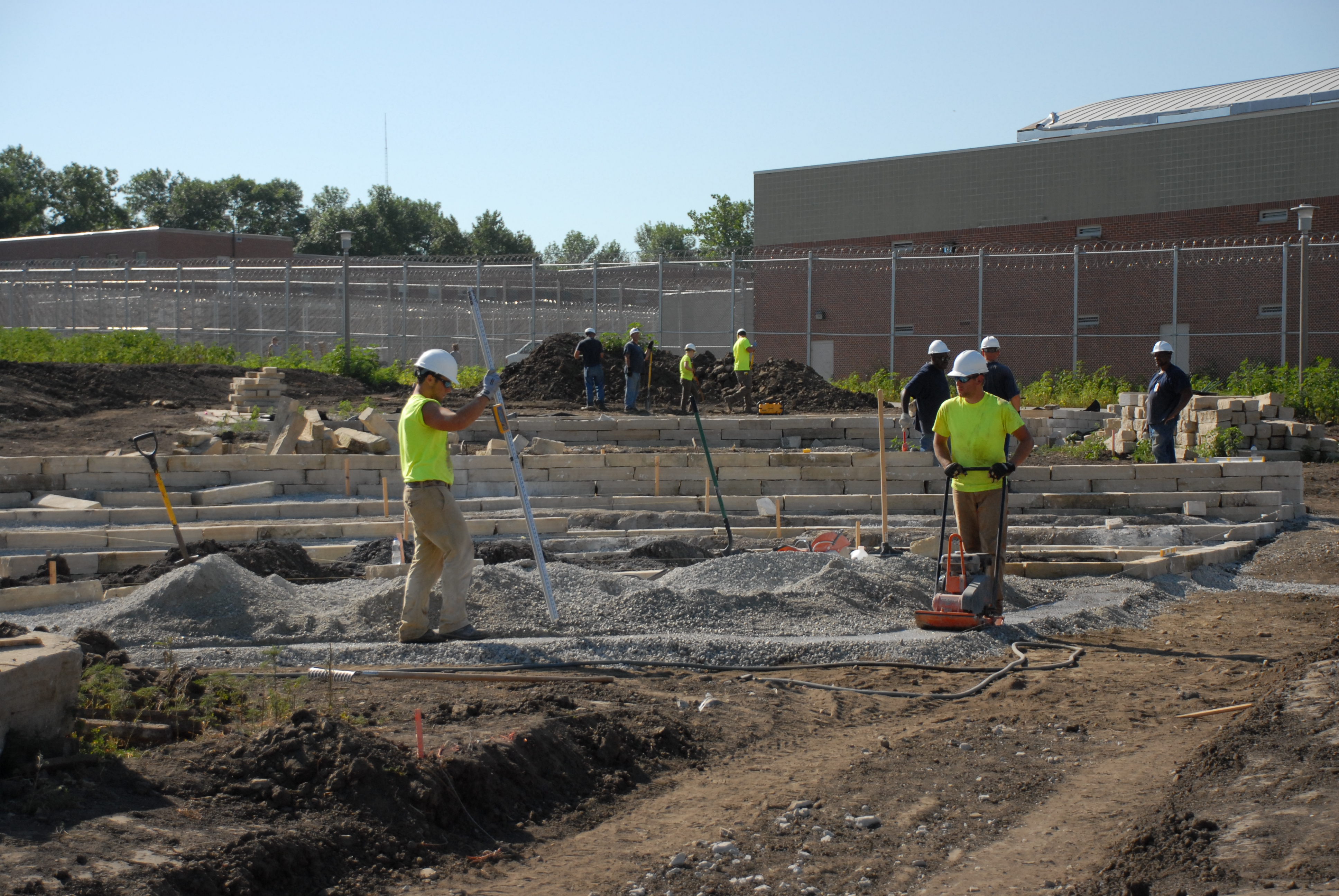The “Stakeholder Engagement in the Creation of Humane and Restorative Correctional Spaces” panel will take place tomorrow, Friday November 7th at 11am. The panel aims to highlight and encourage collaborative processes to engage stakeholders at all levels in creating spaces that promote restoration. I posted earlier this week focusing on one of the two projects that will be presented as part of the discussion, Designing Justice Designing Spaces, lead by Deanna Van Buren and Barb Toews. Today I was able to connect with Julie Stevens regarding the second project that will be presented, a case study of a multi-year collaboration between the Iowa Correctional Institution for Women and Iowa State University to create gardens and landscape environments at the prison. Julie is an Assistant Professor in Landscape Architecture at Iowa State University. Her landscape architecture students have designed and built these projects working directly with the ICIW. Enjoy the Q&A below and don't miss this session tomorrow!

Q1: How were design solutions for the prison landscapes developed?
The sequence of development for this collaborative project involved a lot of listening. In order to understand the needs of the offenders, staff and administration as well as the daily operations and public perceptions, we needed to ask critical questions and truly listen to the answers.

The sequence looked like this:
- Develop a set of critical questions
- Ask the right questions – LISTEN!
- Set the stage for a positive partnership & define expectations
- Engage all user groups and stakeholders
- Design
- Test and assess – LISTEN!
- Reflect and respond
- Follow through – do what you said you’d do
- Test and assess – LISTEN!
- Reflect and Respond

Q2: What impacts have the landscapes had on the prisoners, prison employees and the students that constructed them?
Our collaboration with ICIW has resulted in a shift in policies and perceptions. For example, when we first toured the site, we learned that the women are not allowed on the lawn because they track dirt and mud into the buildings thus causing conflicts amongst the offenders. We have developed a high-traffic turf area which allows them to sit, stand and walk on the grass.
I think the following quotes summarize the impact we have had on the offenders, staff and students – as well as a victim:
Student Reflection: “I had never stopped to consider who was behind bars but after working with the offenders, I realize that they may have committed a crime but they are still people.”
Victim’s Perspective (before): “I don’t give a &^*% what kind of environment it is, or how soothing it is, or this or that or the other thing.”
Victim’s Perspective (after): “I appreciate what this project is doing to help offenders turn their lives around.” “…might I suggest a memorial garden for victims?”
From Warden Patti Wachtendorf: “We told the students what we wanted and they delivered. They really listened.”